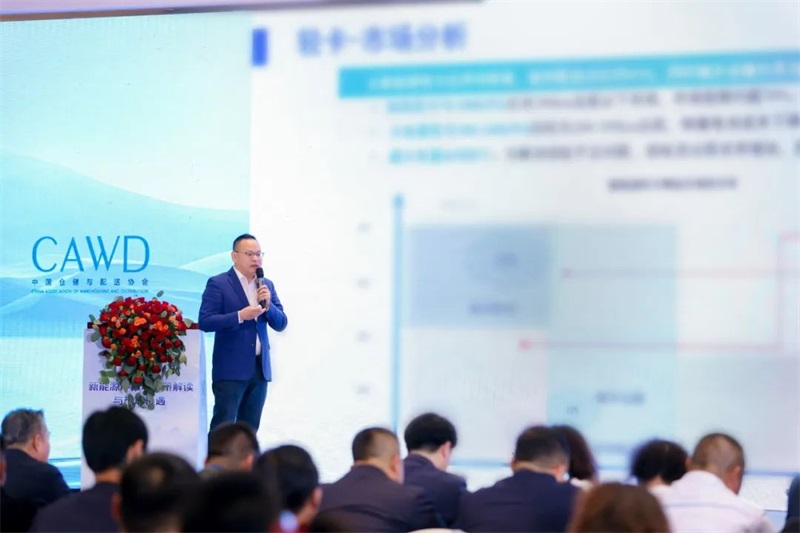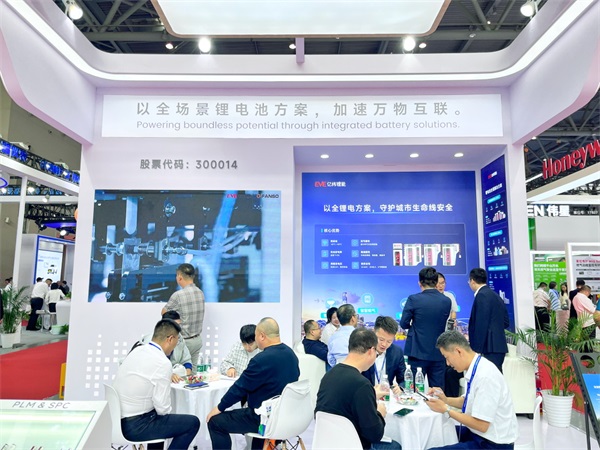Sodium ion battery vs lithium ion battery: A detailed analysis and comparison
Sodium ion battery vs Lithium ion battery
There are differences in the physicochemical properties of sodium and lithium, which result in distinct electrochemical performance characteristics between the two.
The larger mass and radius of sodium ions lead to a slower migration rate in sodium storage materials, which is not conducive to improving the rate performance of sodium-ion batteries. This also results in the energy density (mass/volume) of sodium ion battery being lower than that of lithium-ion batteries.
For instance, the Kirin Battery (a lithium-ion battery) released by CATL has an energy density of up to 255Wh/kg, whereas the energy density of sodium-ion batteries is only 160Wh/kg. This significant gap is partly due to the fact that sodium-ion battery technology is not as mature as lithium-ion technology. Additionally, the inherent properties of sodium mean that the energy density ceiling for sodium-ion batteries will be lower than that of lithium-ion batteries.
Currently, the energy density of sodium-ion batteries overlaps partially with that of lithium iron phosphate batteries, while there is a more considerable difference compared to ternary lithium batteries.
Sodium ion Battery vs Lithium ion Battery: Performance Parameters
Category | Sodium-ion Battery | Lithium Iron Phosphate Battery | Ternary Lithium Battery |
| Energy Density (Wh/kg) | 100~150 | 120~160 | 200~300 |
| Energy Conversion Efficiency | 84~90% | 86~90% | 88~90% |
| Cycle Life (times) | 2000~5000 | 3000~6000 | 800~1500 |
| Response Speed | <10ms | <10ms | <10ms |
Safety | Moderate | Moderate | Poor |
| Initial Investment Cost (Yuan/Wh) | 1.1~1.4 | 1.5~2 | 1.8~2.5 |
| Full Lifecycle Cost of Electricity (Yuan/kWh) | 0.6~0.8 | 0.56~0.75 | 1.2~2 |
| Environmental Friendliness | Good | Moderate | Moderate |
Under these circumstances, sodium-ion batteries require different material systems to adapt to their unique physicochemical properties and maximize the advantages of sodium ions. Therefore, there are differences in the selection of cathode and anode materials, electrolytes, and current collector materials between the two types of batteries.
Sodium ion Battery vs Lithium ion Battery: Materials
Type | Lithium-ion Battery | Sodium-ion Battery |
| Cathode Material | Ternary materials, lithium iron phosphate, lithium manganese oxide, etc. | Layered oxides, Prussian blue, polyanions, etc. |
| Anode Material | Graphite | Amorphous carbon |
| Electrolyte | Lithium hexafluorophosphate | Sodium hexafluorophosphate |
Cathode Current Collector | Aluminum foil | Aluminum foil |
Anode Current Collector | Copper foil
| Aluminum foil |
| Separator | PP/PE | PP/PE |
Based on the performance comparison, sodium-ion batteries perform worse in terms of energy density and cycle life. However, they have clear advantages in terms of cost-effectiveness, safety, and temperature adaptability.
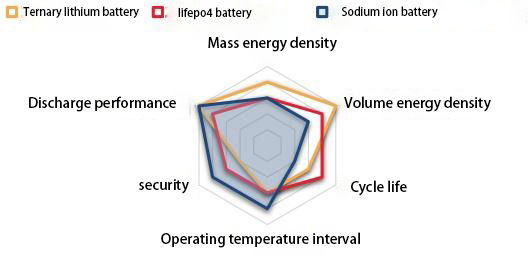
Especially in terms of safety, sodium-ion batteries excel. According to testing by the China Automotive Technology and Research Center Co., Ltd. (CATARC), sodium-ion batteries do not emit smoke, ignite, or explode when punctured. They also pass safety tests for short circuits, overcharging, over-discharging, and compression without catching fire, showing significantly better safety than lithium-ion batteries.
Additionally, sodium-ion batteries have superior thermal stability. The onset self-heating temperature for lithium-ion batteries is 165°C, whereas for sodium-ion batteries, it reaches 260°C. In ARC testing, the maximum self-heating rate of sodium-ion batteries is also significantly lower than that of lithium-ion batteries. In all current safety tests, sodium-ion batteries have shown no incidents of fire.
The greater safety of sodium-ion batteries compared to lithium-ion batteries is primarily due to sodium’s position as the next element in the periodic table after lithium, giving it more stable chemical properties. Sodium-ion batteries also have a higher internal resistance than lithium-ion batteries, resulting in less instantaneous heat generation in short-circuit and other safety tests. Furthermore, sodium-ion batteries use a more stable aluminum foil as the anode current collector and can be fully discharged to 0V for transportation, enhancing their transport safety.
Application Fields
Sodium ion battery have their unique advantages, but they have not yet been mass-produced on a large scale, making it difficult to reduce costs. As technology matures over time, their cost advantages are expected to become more apparent, leading to widespread application in areas such as energy storage, electric bicycles, and low-speed electric vehicles (including low-speed four-wheelers and electric tricycles).
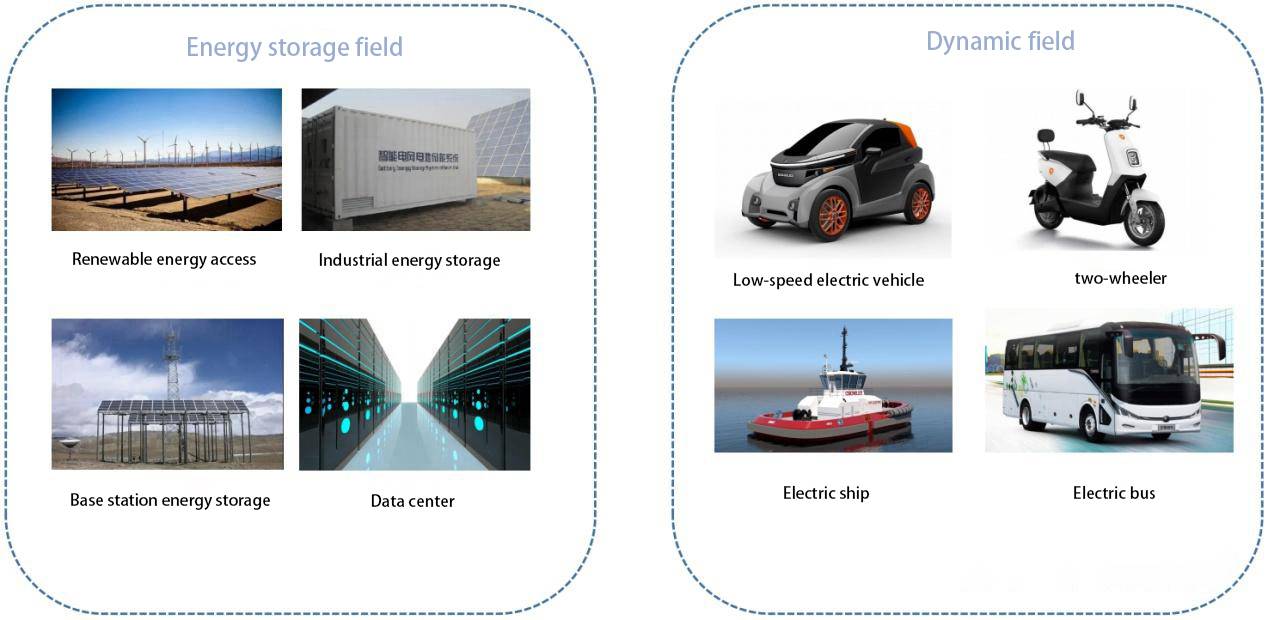
1. Energy Storage Field
The cost per kilowatt-hour for lithium iron phosphate batteries and ternary lithium batteries is relatively high, making it difficult to meet the requirements for large-scale commercialization in capacity-type energy storage. For energy storage, the ideal cost per kilowatt-hour needs to be below 0.3 yuan/kWh, making sodium-ion batteries the most promising candidate for application.
2. Electric Bicycle Sector
China has 320 million electric bicycles, with 70% to 80% using lead-acid batteries. While widely used, lead-acid batteries are environmentally harmful and have lower cycle life and energy density than lithium-ion and sodium-ion batteries.
In 2019, China implemented the "Safety Technical Specification for Electric Bicycles," limiting total weight (including the battery) to 55 kg. Lead-acid batteries, with low energy density, require larger batteries to extend range. For example, a 1 kWh lead-acid battery (75 km range) weighs 25 kg, exceeding the weight limit, while a lithium-ion battery weighs only 5 kg.
With the new standard, lithium-ion batteries are replacing lead-acid batteries, reaching 23.4% penetration in 2021. However, rising lithium-ion battery costs and winter performance issues have opened the door for sodium ion battery. Sodium-ion batteries are cheaper, safer, and more temperature-tolerant, making them a good fit for electric bicycles with lower energy needs.
In late 2017, Haina Battery launched a 48V/10Ah sodium-ion battery pack for electric bicycles. By July 2021, Aima Technology released the first mass-produced electric bicycles with sodium-ion batteries, positioning them as a promising alternative to lead-acid batteries.
3. Low-Speed Electric Vehicles and A00-Class Electric Vehicles
Low-speed electric vehicles (LSEVs) are popular in China’s third- and fourth-tier cities and rural areas, due to their low cost and exemption from driving licenses, registration, and insurance. Traditionally, LSEVs have used lead-acid batteries, but this is changing as industry standards evolve.
In June 2021, the Ministry of Industry and Information Technology (MIIT) introduced a draft for the "Technical Conditions for Pure Electric Passenger Vehicles," classifying LSEVs as "micro low-speed pure electric vehicles" and setting technical standards. This move brings LSEVs under stricter regulation.
LSEVs and A00-class electric vehicles, which are often used for short-distance commuting like school runs and shopping, have low range requirements, so energy density demands for their batteries are not high. In 2018, Haina Battery launched the world’s first sodium-ion battery-powered LSEV (72V, 80Ah), paving the way for sodium-ion batteries in the electric vehicle market.
Given that A00-class vehicles are low-cost and sensitive to battery pricing, sodium-ion batteries, with their cost advantages, are expected to see strong growth in this sector.
CATL-Company Deployment
Companies involved in sodium-ion battery development domestically can be divided into two main categories: the first category consists of companies with backgrounds in universities and research institutes, focusing on the research and development of sodium-ion batteries and having developed relatively mature technologies. For example, HiNa Battery’s technology originates from the Institute of Physics at the Chinese Academy of Sciences, while the core team of Sodium Innovation Energy comes from the sodium-ion battery research team led by Professor Ma Zifeng at Shanghai Jiao Tong University. The second category includes companies extending their existing lithium-ion battery technology to sodium-ion batteries, such as CATL (Contemporary Amperex Technology Co., Ltd.).
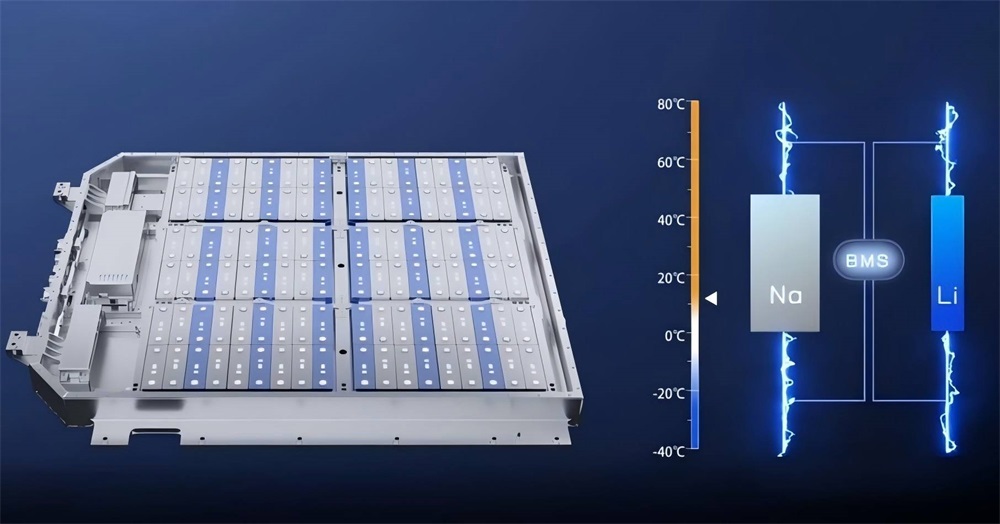
According to incomplete statistics, HiNa Battery launched a 1GWh sodium-ion battery production line in July 2022, Huayang Group launched a 1GWh sodium-ion cell production line in September 2022, and Transimage Technology started production of 4.5GWh sodium-ion batteries in October 2022. Additionally, Do-Fluoride Chemicals has a production capacity of approximately 1,000 tons of sodium hexafluorophosphate, and its subsidiary, Jiaozuo New Energy, has a production capacity of 1GWh for sodium-ion batteries.
On July 29, 2021, CATL released its first-generation sodium-ion battery, which utilizes a Prussian blue and/or layered metal oxide/hard carbon system, designed to complement lithium-ion batteries. Sodium-ion and lithium iron phosphate batteries are integrated into the same battery system, managed uniformly by a BMS (Battery Management System) to achieve a balance of energy density and low-temperature performance.
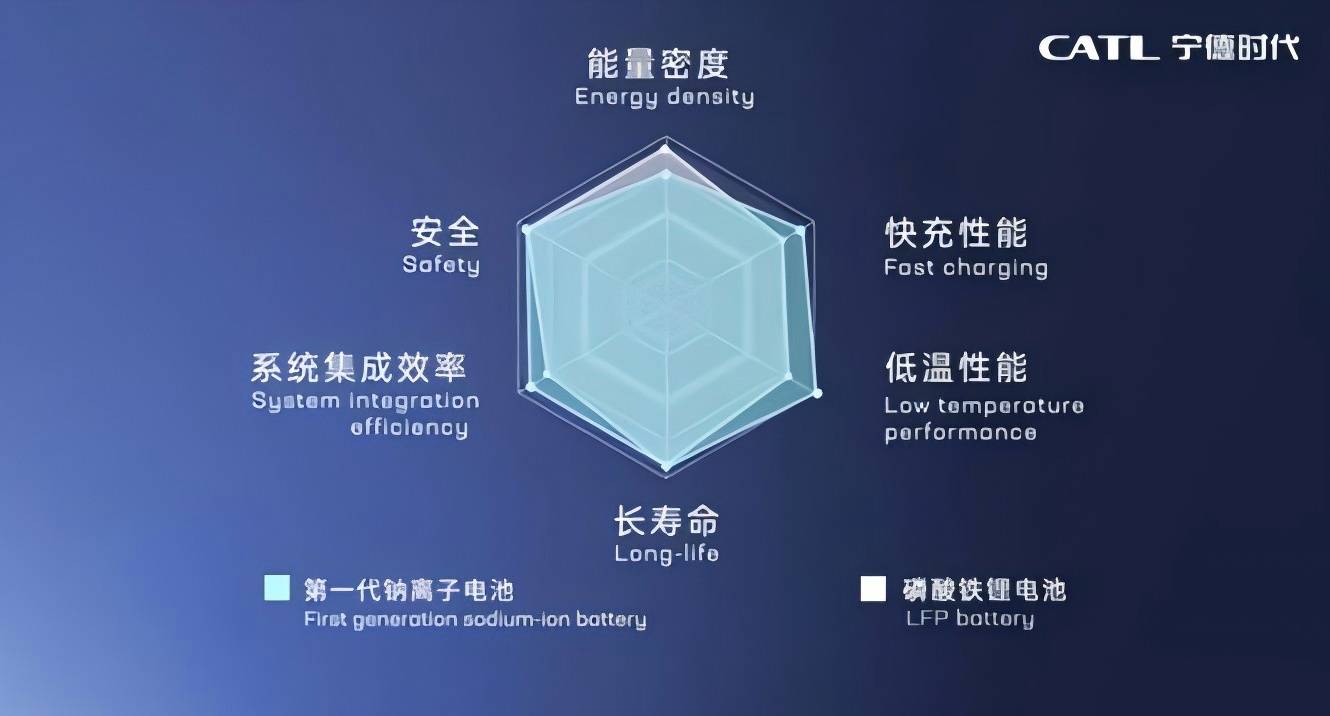
According to information from the press conference, CATL's sodium-ion battery cells have an energy density of 160Wh/kg, which is slightly lower than that of current lithium iron phosphate batteries. At room temperature, the battery can be charged to more than 80% within 15 minutes and has a discharge retention rate of over 90% in low-temperature environments as cold as -20°C. The system integration efficiency (pack efficiency) can reach over 80%.
According to previous research information, CATL (Contemporary Amperex Technology Co., Ltd.) is expected to achieve the industrialization of sodium-ion batteries in 2023.
